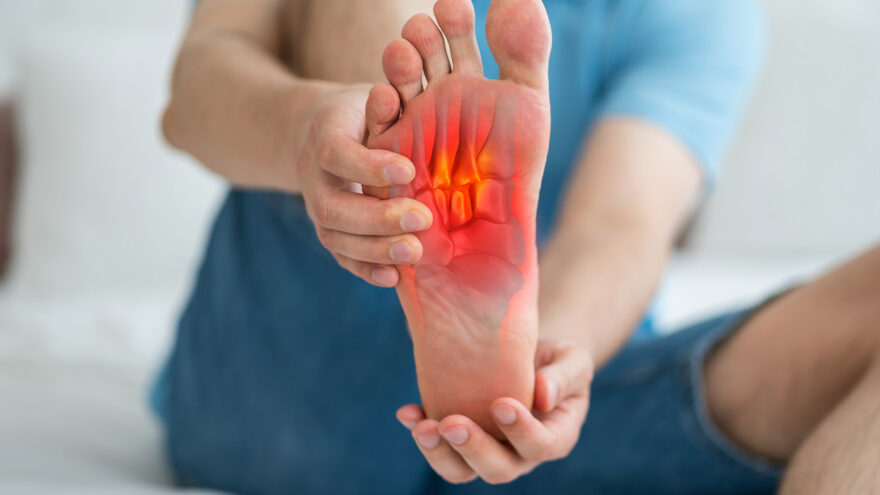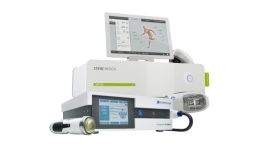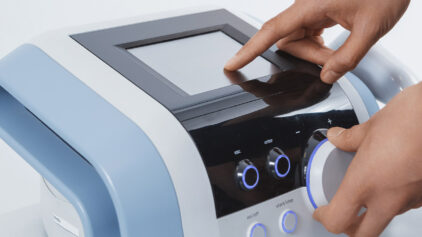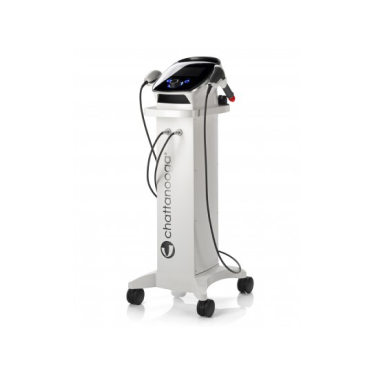Plantar fasciitis is a painful foot condition affecting over 2 million people in the United States alone. It is characterized by inflammation of the plantar fascia. This structure acts as a shock absorber and supports the arch of the foot, connecting the heel bone to the toes. Everyday movement becomes a painful experience for people suffering from plantar fasciitis, especially for those living an active, beach-oriented lifestyle. From early-morning walks to energetic games of beach volleyball, foot pain can restrict freedom and joy. Thankfully, Acoustic Wave Therapy offers hope and healing. This breakthrough treatment addresses the root causes of foot pain.
Understanding Plantar Fasciitis and Its Impact on Daily Life
Plantar fasciitis is one of the most common causes of heel pain, often described as a stabbing or sharp sensation. When strained, the fascia develops microscopic tears that cause swelling and inflammation, resulting in the characteristic sharp, stabbing heel pain that’s most intense during those first steps in the morning or after periods of rest.
Key Facts About Plantar Fasciitis
Several factors increase vulnerability to plantar fasciitis. Here are some quick facts that highlight the core aspects of plantar fasciitis, who’s most at risk, and what typically triggers the condition.
| Factor | Description |
| Affected Area | Plantar fascia: ligament connecting heel to toes |
| Primary Symptoms | Sharp heel pain, stiffness, swelling |
| High-Risk Groups | Runners, overweight individuals, people with flat feet or high arches |
| Triggering Activities | Barefoot walking, uneven surfaces, prolonged standing, high-impact sports |
Without proper attention, this condition can severely limit daily activities and recreational pursuits. As the condition progresses, individuals often develop compensatory walking patterns to avoid pain, potentially leading to additional foot, knee, hip, or back problems.
Why Coastal Lifestyles Increase the Risk of Plantar Fasciitis
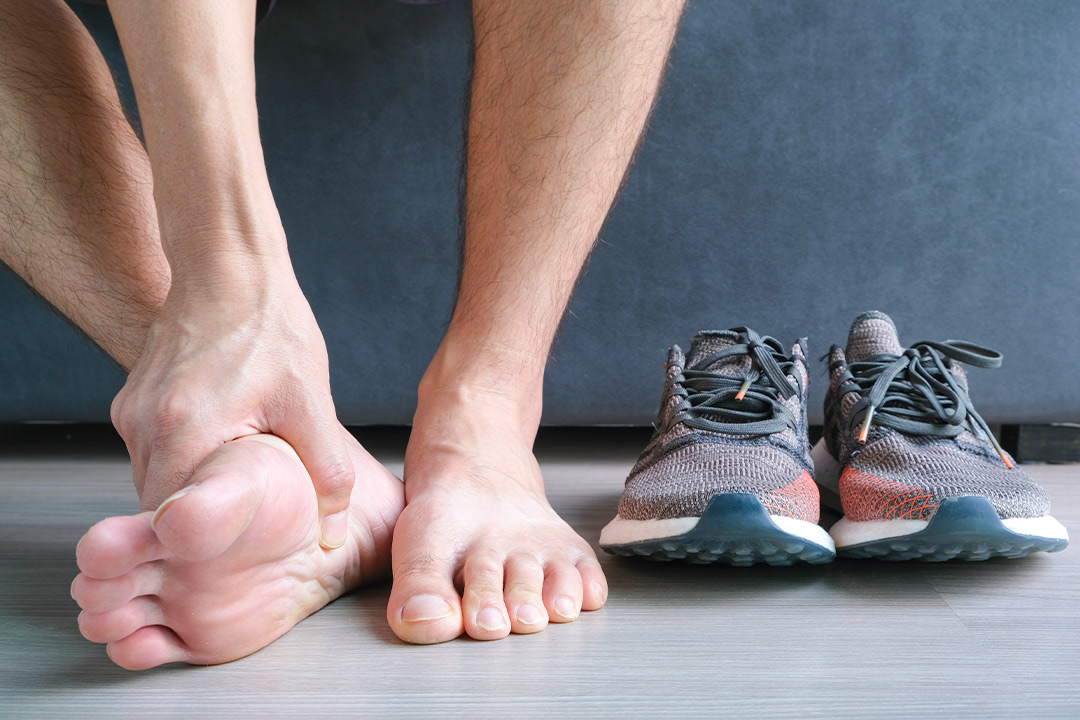
People living in coastal regions often enjoy active, outdoor routines that involve walking, running, or playing on sandy beaches. While this lifestyle promotes physical activity, the beach environment presents unique challenges for foot health. Soft, uneven sand creates inconsistent pressure points with each step, placing extra strain on the plantar fascia. Barefoot activities, common on the beach, offer little to no arch support, which further increases stress on the ligament. Moving frequently between soft sand and hard surfaces like sidewalks or boardwalks forces the foot to adjust rapidly, compounding the risk of injury and inflammation.
Key factors that make coastal living harder on feet:
- Walking or running on uneven sand causes varied foot pressure.
- Barefoot beach activities provide minimal arch support.
- Shifting between sand and pavement strains the plantar fascia
Why Traditional Therapies Often Fall Short
Initial treatments like rest, ice, stretching, and over-the-counter pain relief aim to reduce inflammation but rarely address the root problem. For many, this leads to prolonged recovery and recurring pain.
Common Traditional Therapies
- RICE method (Rest, Ice, Compression, Elevation)
- Stretching routines from physical therapists
- Custom orthotics or supportive footwear
- Night splints and corticosteroid injections
While these options help manage pain, they often:
- Focus on symptom relief rather than healing tissue damage
- Require long recovery times
- Deliver inconsistent outcomes
- Result in recurring pain
For patients whose symptoms persist for over six months, surgery was once the only option. This involves cutting fascia and removing bone spurs.
The Science Behind Acoustic Wave Therapy (AWT)
Acoustic Wave Therapy, also known as Extracorporeal Shock Wave Therapy (ESWT), represents a paradigm shift. Rather than masking symptoms, it uses mechanical sound waves to stimulate biological healing in the damaged plantar fascia.
How AWT Works: Biological Mechanisms
Acoustic Wave Therapy promotes healing at the cellular level by triggering a series of biological responses in the affected tissue. The table below outlines the key mechanisms involved and how each contributes to relieving plantar fasciitis symptoms.
| Healing Process | Result |
| Increased blood flow | Accelerates oxygen delivery and nutrient transport |
| Microtrauma stimulation | Triggers the body’s natural regenerative process |
| Collagen production | Strengthens fascia and improves elasticity |
| Neovascularization | Grows new blood vessels to heal tissue |
| Pain reduction | Modulates inflammation and interrupts pain signaling |
Benefits of Acoustic Wave Therapy vs. Traditional Methods

AWT offers a non-invasive, FDA-approved alternative with quick recovery and lasting results.
Comparing AWT to Conventional Treatments
To understand the benefits of Acoustic Wave Therapy more clearly, it’s helpful to compare it directly with traditional treatment options for plantar fasciitis. This table highlights the key differences in approach, recovery, and long-term results.
| Feature | Traditional Methods | Acoustic Wave Therapy |
| Invasiveness | Often surgical or semi-invasive | Completely non-invasive |
| Anesthesia required | Sometimes | Never |
| Treatment duration | Weeks to months | 3–5 sessions of 15–20 minutes |
| Recovery time | Lengthy and restrictive | Immediate return to light activity |
| Long-term outcomes | Vary significantly | 92% report excellent/good outcomes after 5 years |
Treatment Experience Highlights
- No downtime after sessions
- Most patients need only 3–5 sessions
- Customizable protocols based on severity
- No medications or injections required
Post-Treatment Guidelines for Safe Return to Activities
While AWT allows a fast return to mobility, patients are encouraged to follow basic precautions and reconditioning strategies to prevent re-injury.
Safe Reintroduction to Beach Activities
| Activity | Timeframe Post-Treatment | Tips |
| Beach walking | Within 3–5 days | Start with 10–15 minutes and increase gradually |
| Swimming or surfing | 1 week | Use supportive sandals when not in water |
| Jogging on sand | 2–3 weeks | Choose packed sand near the waterline |
| Beach sports (volleyball, etc.) | 3–4 weeks | Warm up with stretches beforehand |
Foot Health Tips for the Beach
To maintain progress after treatment and protect your feet during coastal activities, it’s important to follow simple preventive measures. Here are some practical foot health tips to help you enjoy the beach safely and comfortably.
- Perform gentle foot stretches before morning walks
- Soak feet in cool water post-activity to reduce inflammation
- Alternate barefoot time with supportive sandals or water shoes
- Use orthotic-friendly beachwear when possible
Healing That Supports a Full Coastal Lifestyle
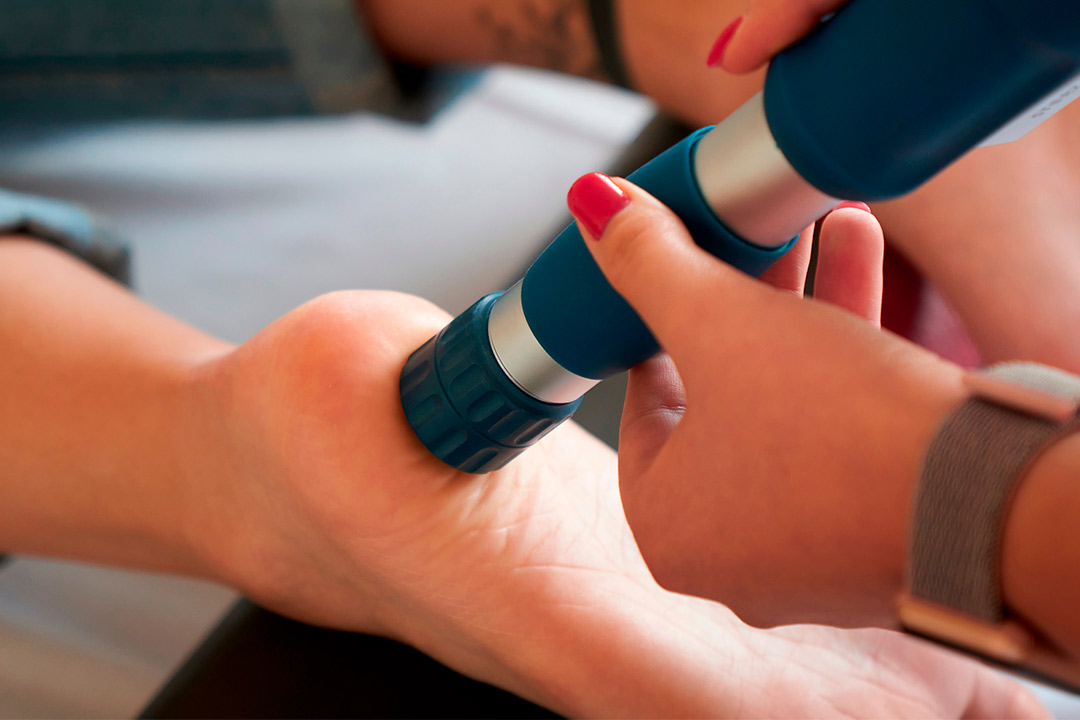
Acoustic Wave Therapy doesn’t just eliminate pain. It empowers patients to reclaim an active, coastal lifestyle. Whether it’s walking on the shoreline or playing sports in the sand, AWT makes it possible with minimal disruption and exceptional long-term outcomes.
Here are the key reasons highlighting why Acoustic Wave Therapy is a transformative option for those living with plantar fasciitis:
- Addresses root causes of plantar fasciitis, not just symptoms
- Minimally disruptive: no anesthesia, surgery, or downtime
- Backed by research: 92% satisfaction after five years
- Restores lifestyle: patients return to activity faster than with traditional methods
Learn More About AWT at Shockwave Source
Shockwave Source is a leading provider of advanced Acoustic Wave Therapy equipment used by clinics to treat plantar fasciitis and other soft tissue conditions. Healthcare professionals trust their FDA-approved technology to deliver safe, effective results.
Visit Shockwave Source to explore their range of devices, read success stories, and learn how their innovations are helping patients return to pain-free movement and active lifestyles.

